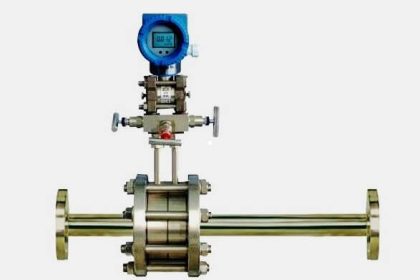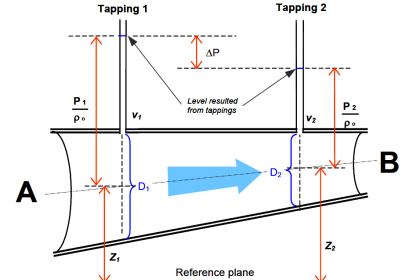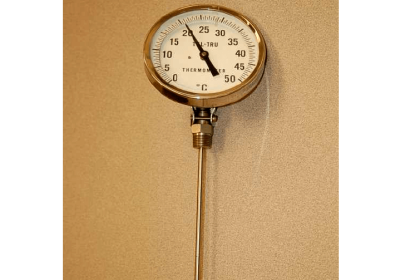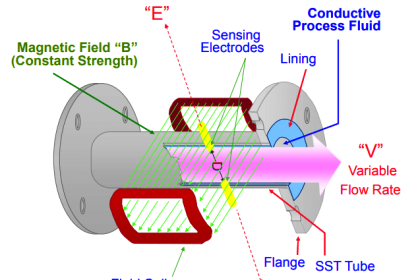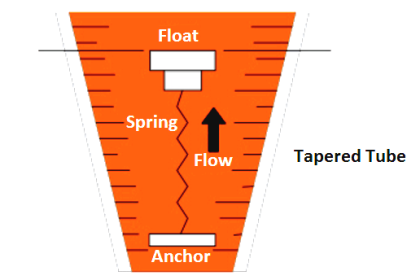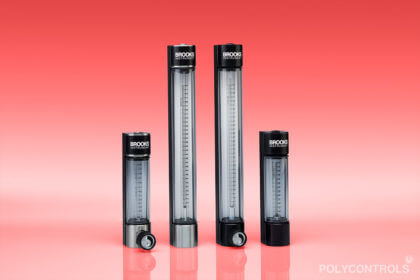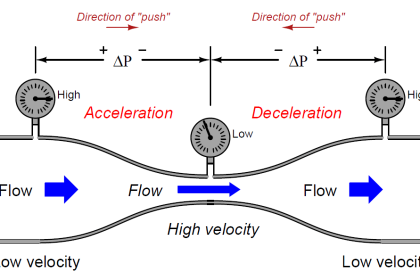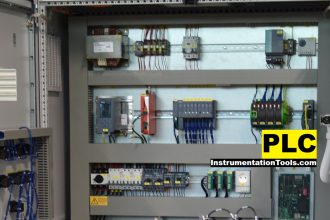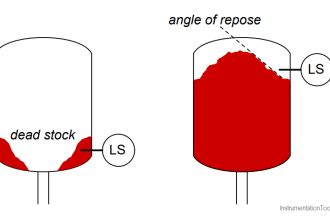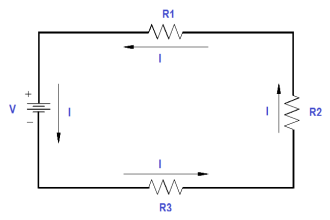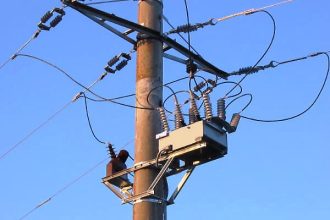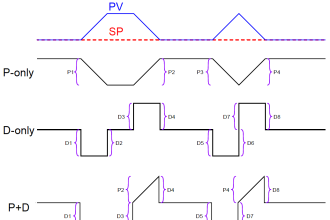An ultrasonic flow meter is a meter that measures the flow by detecting the action of fluid flow on an ultrasonic beam (or ultrasonic pulse).
Ultrasonic Flow Meters
Fluid velocity is measured by sending an ultrasonic pulse from an upstream transducer to a downstream transducer and back again.
The measured difference in the amount of time that each pulse takes to traverse the pipe is directly proportional to the mean fluid velocity.
Ultrasonic flow meters use this measured velocity to calculate the liquid flow rate based on user-entered information about the process application.
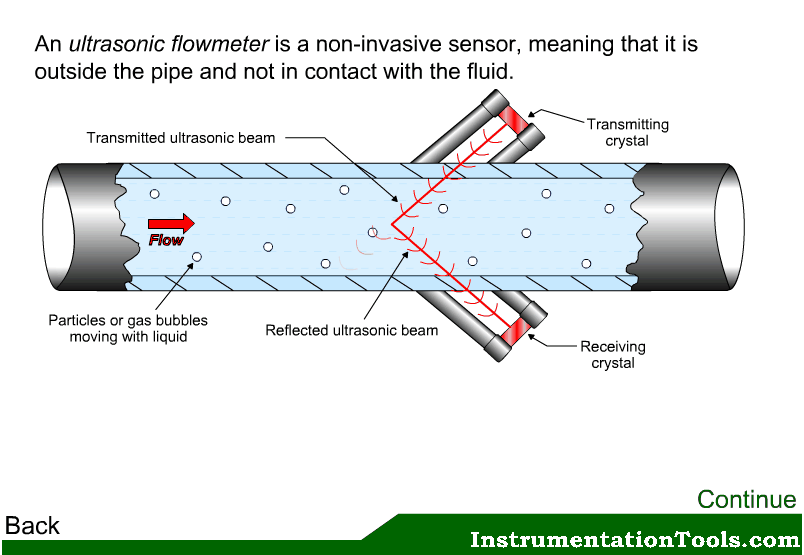
Features of Ultrasonic Flow Meters
- Easy to carry;
- Low maintenance;
- Can only be used to measure cleaning liquids;
- Not subject to pipe diameter restrictions;
- No flow obstruction measurement, and no additional pressure loss.
Advantages of Ultrasonic Flow Meters
- Ultrasonic meters are made up of no moving parts.
- They experience no pressure loss.
- They endow with maintenance-free operation. It is a key advantage as compared to conventional mechanical meters such as positive displacement meters, turbines, etc.
- Furthermore, Ultrasonic flow meters are consistently more accurate and reliable than a lot of other metering systems.
- With the emergence of 3-beam ultrasonic, all other flow meters like mass, vortex, positive displacement, and turbine flow meters which are used to measure non-conductive fluids, have been successfully replaced by ultrasonic meters.
Disadvantages of Ultrasonic Flow Meters
- Still problematic for liquid and gas measurements
- The sound beam must traverse a representative cross-section, therefore flow profile is dependent. Long inlet and outlet sections required
- Errors due to deposits
- Transit time meters require clean liquids
- Doppler meters only for slight contamination or few gas bubbles
- Doppler meters are affected by sound velocity changes due to temperature, density, and concentration
- Unsuitable for heavily contaminated liquids
- Gas bubbles cause errors
Applications of Ultrasonic Flow Meters
- Ultrasonic flow meters are perfect for wastewater applications or any other dirty liquid that is conductive or water-based.
- Ultrasonic flow meters normally do not work with distilled water or drinking water. Aerations would be needed in the clean liquid applications.
- Ultrasonic flow meters are also best suited for applications where low-pressure drop, chemical compatibility, and low maintenance are involved.
If you liked this article, then please subscribe to our YouTube Channel for Instrumentation, Electrical, PLC, and SCADA video tutorials.
You can also follow us on Facebook and Twitter to receive daily updates.
Read Next:
- Reasons to Calibrate Flow Meters
- Difference between Flow Meters
- Wedge Flow Meter Principle
- Positive Displacement Flow Meter
- Turndown Ratio of a Flow Meter
